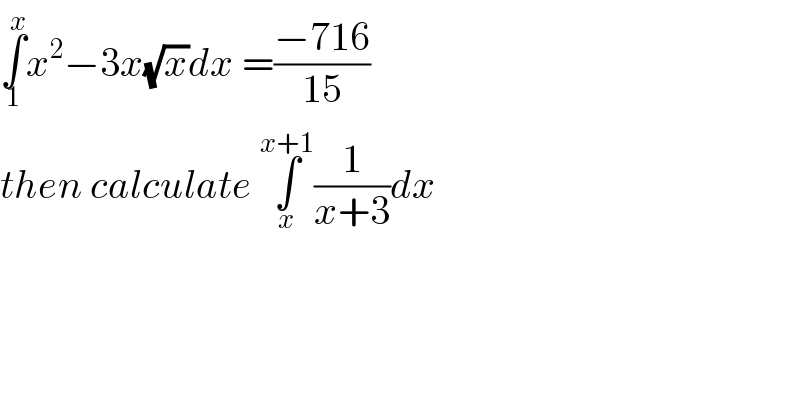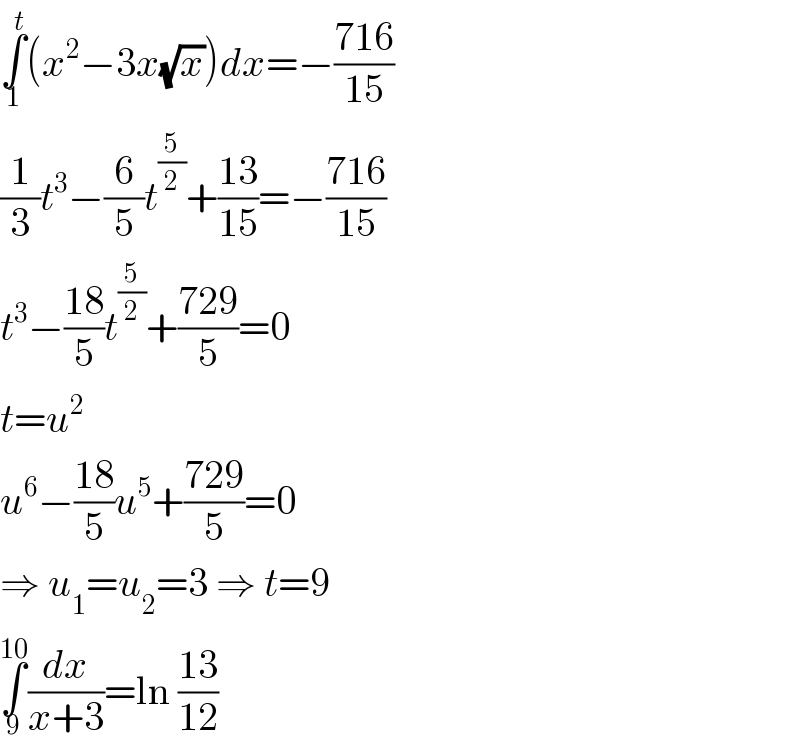
Question and Answers Forum
Question Number 63433 by minh2001 last updated on 04/Jul/19

Commented by MJS last updated on 04/Jul/19

Answered by MJS last updated on 04/Jul/19

| ||
Question and Answers Forum | ||
Question Number 63433 by minh2001 last updated on 04/Jul/19 | ||
 | ||
Commented by MJS last updated on 04/Jul/19 | ||
 | ||
Answered by MJS last updated on 04/Jul/19 | ||
 | ||
| ||